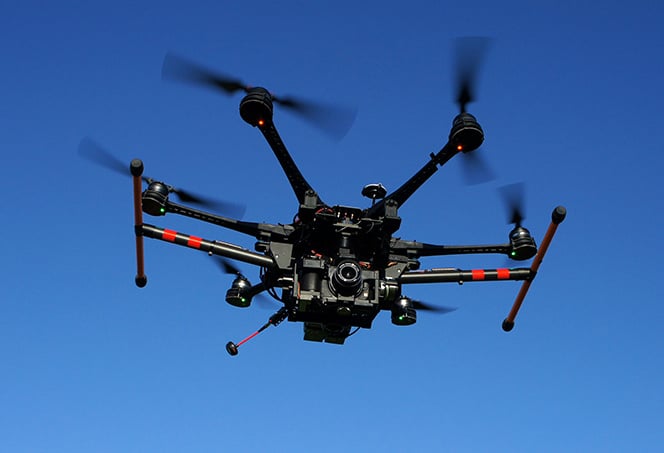How to Calibrate a Drone: Essential Tips for Photographers
As a professional photographer, ensuring your drone operates optimally is vital for capturing stunning aerial images. Knowing how to calibrate a drone will elevate your photography game by helping you achieve precise flights and stability. This article is tailored specifically for photographers who wish to make the most of their drone technology.
Calibration impacts the drones performance, including its ability to detect altitude, maintain orientation, and deliver clear imagery. Lets explore the necessary steps and tips to effectively calibrate your drone, leading to a smooth flight experience.

Understanding Drone Calibration
Calibration refers to the process of aligning your drones internal systems to ensure accurate data readings. Whether it's adjusting the gyroscope, accelerometer, or the compass, proper calibration can prevent errors during your photography sessions.
For photographers, a well-calibrated drone translates to better flight paths and the reduction of the risk of crashing, which could ruin an expensive investment. Ensuring a reliable calibration process minimizes potential disruptions while you focus on capturing breathtaking images.
Key Steps on How to Calibrate Your Drone
1. Pre-Flight Preparations
Before diving into calibration, ensure your device has the latest firmware update. This enhances stability and introduces new features. Additionally, perform checks on:
- Battery levels
- GPS signal strength
- User settings
All these elements contribute to smoother calibrations.
2. Compass Calibration
Compass calibration is fundamental for accurate positioning during flights. Heres how you can calibrate your drone's compass:
- Launch the drone app and select the compass calibration option.
- Follow the prompts to rotate the drone horizontally in a figure-eight motion.
- Perform the vertical rotation, aligning the drone's nose upwards.
Once complete, the app will confirm successful calibration. Ensure youre away from metal objects or magnetic interference during this process.
3. Gyroscope Calibration
Your drone's gyroscope helps maintain its balance. To calibrate, place the drone on a level surface and follow these steps:
- Access the settings in your drone's app.
- Locate the gyroscope calibration section.
- Follow the instructions, typically requiring you to keep the drone still for several seconds.
Why Calibration Matters for Professional Photography
Drone photography has gained popularity, making calibration an essential aspect of a photographer's toolkit. Not only does correct calibration enhance flight performance, but it also affects image quality, stability, and the overall success of capturing scenes from unique angles.
Stabilized photos are key when shooting high-resolution imagery. Minor fluctuations during flight can lead to blurry outcomes or missed opportunities. Understanding how to calibrate a drone ensures that you are fully equipped for any photography challenge.
Common Mistakes to Avoid When Calibrating
1. Ignoring Firmware Updates
Drone manufacturers frequently release firmware updates to improve performance and fix bugs. Always ensure your firmware is up to date, as neglecting updates could lead to unsuccessful calibrations.
2. Calibration Indoors
Calibrating indoors can lead to interference with the GPS signal and magnetic fields. Always conduct calibrations outdoors where you have an unobstructed view of the sky.
3. Rushing the Process
Take your time through each calibration step. Rushing can lead to inaccuracies and might compromise your drone's performance.
The Equipment You Will Need
For successfully calibrating your drone, you need the following:
- Your drone
- Smartphone with the drone app installed
- Open area for calibration
- Battery charged to at least 50%
Staying Compliant with Regulations
Before you take to the skies, always ensure that you are aware of FAA regulations regarding drone usage. Check for any local restrictions and obtain necessary permits when flying in specific areas. For more details on regulations, visit the FAA website.
How Often Should You Calibrate Your Drone?
As a general rule, calibrate your drone:
- After every firmware update
- If you fly in a new location
- When you notice inconsistent flight behavior
Staying consistent with your calibrations will ensure optimal performance and reduce risks during flights.

FAQs
1. How long does drone calibration take?
Typically, calibrating a drone takes between 5 to 10 minutes depending on your drone model and the data being calibrated.
2. Can I fly my drone if it's not calibrated?
Its not recommended to fly your drone without calibration, as doing so can lead to navigation issues and crashes.
3. What should I do if my drone fails to calibrate?
If your drone fails to calibrate, check for firmware updates and ensure you're in an environment free from electronic interference.
As an Amazon Associate, I earn from qualifying purchases.

